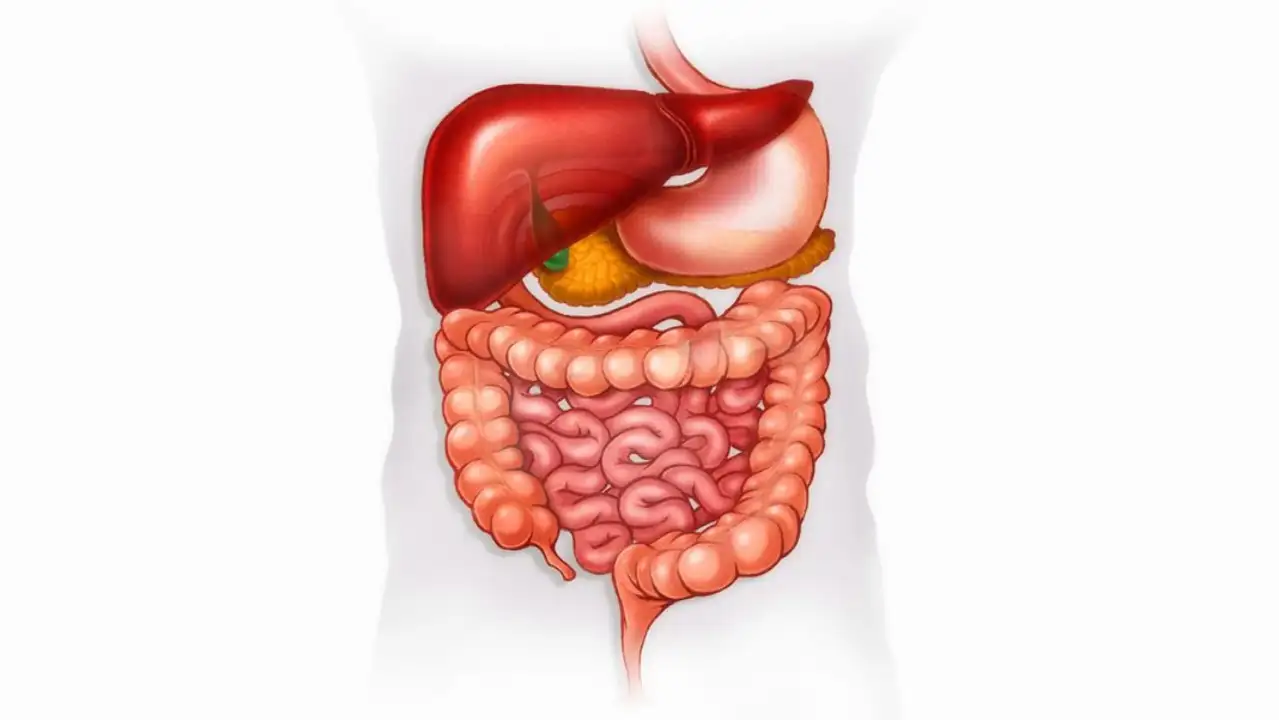DIGESTIVE SYSTEM
DIGESTIVE SYSTEM
The objective of digestion is to render food-matter fit for absorption and having rendered it so, to get it into the blood (assimilation). Digestion then includes three processes— liquefaction of food-matter, its absorption and assimilation. To render food fit for absorption, it has to be cut up and pulpified, and by means of chemicals, transformed into such a form as is acceptable (absorbable) to the delicate mucous membranes of the alimentary canal. All the various kinds of food that we take, can be roughly divided into the following six classes
- Proetids or Albuminates—Which include meat, milk, eggs, fish, dal, peas, beans, boiled or curdled milk (chhena), gluten of flour, etc. These are all flesh-formers.
- Carbo-hydrates or starches and sugars—They include rice, wheat, maize, etc.; flour, vegetables, potato, roots, tubers, sago, barley, arrowroot, sati, sugar, jaggery, honey, etc.
- Fats (hydro-carbons)—which include butter, ghee, lard, oils and nuts. Fats and carbohydrates give heat and energy to the body.
- Salts—chief among which are sodium chloride (ordinary table salt), calcium salts, phosphates, etc.
- Water—as such and also as constituents of foodstuffs.
- Besides these there is a stuff called Vitamin (or, more correctly, Fat-soluble, and Water soluble etc.) the presence of which in food-stuffs is said to impart health and whose absence in food-stuffs leads to disease and death, in spite of abundance of food. Vitamins exist only in fresh vegetables and animal juices.
Proetids as such are not absorbed by the alimentary system. They have to be converted into soluble amino-acids; Carbo-hydrates have to be converted into monosaccharides, i.e., glucose, fructose, etc. Fats have to be emulsified and split into fatty acids. How all this is effected we explain below.
In the mouth
Teeth—cut, tear and crush into pulp all solid.
Tongue—This first process is the most vital (though neglected) of all digestive processes. By relishing food, it reflexly increases the secretion of saliva. Saliva not only softens the food but helps the conversion of starches into dextrose; the tongue helps to turn and turn over the bolus of food and also to shove it down into œsophagus.
In the ɶsophagus
The food is not in any way affected. It is simply passed down into the stomach.
Inside the stomach
Milk—is curdled by Rennin (secreted by stomach).
Proteides—are converted into soluble peptones and albumoses by the action of pepsin and hydrochloric acid (both of which are secreted by the glands of stomach).
Inside the Duodenum.
Bile—dissolves and emulsifies fat;
Pancreatic juice—converts starch into maltose;
Splits fat into fatty-acid and glycerine;
Converts proteides into polypeptide.
Peptones and amino-acids.
Inside small Intestines: its juice—Succus-entiricus—
Converts starch into maltose, acids, etc.
Converts proteides into amino-acids.
Emulsifies fat.
When food has been so prepared for absorption, it is absorbed into the system and thrown into the general circulation there to be assimilated into our system. Absorption begins from the mouth and continues right down to large bowels. It is however greatest in the large intestines. The channels of absorption are as follows
Fats—are absorted by the mucous membrane of small intestines; through their villi fats are transferred, via lacteals, into thoracic duct and thence into the right side of the heart, via innominate vein.
Proetids, Carbo-hydrates and Salts—are absorbed from the mucous surfaces of the alimentary tract and through their veins reach the liver via portal vein. From the liver, after undergoing the necessary chemical alteration, the absorbed food passes into the vena-cava inferior, to be thence delivered into the right auricle and thus commingled with the general circulation.
Thus we find that digested food is absorbed and thrown into the general circulation. Blood thus laden with digested food material, flows to each individual cell of the body and affords it the necessary nourishment. This then is in short the story of digestion.

Comments are closed.